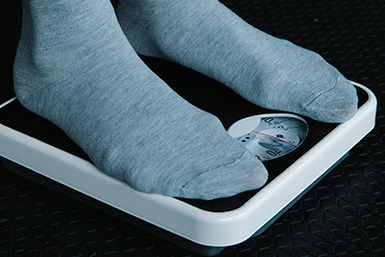The most reliable doctors in Mexico
Bariatric surgery: A solution for obesity
Bariatric surgery, also known as weight loss surgery, addresses morbid obesity by modifying the digestive system to limit the amount of food the patient can consume and/or absorb. It is important to note that bariatric surgery is not a quick or easy solution for obesity. It requires a long-term commitment by the patient to make significant lifestyle changes, including a healthy diet and regular exercise. In addition, surgery carries potential risks and complications, such as infections, nutritional deficiencies, and digestive problems.


Morbid obesity is an increasingly prevalent health problem worldwide, with significant implications for the quality of life and overall health of affected individuals. When conventional weight loss approaches, such as diet and exercise, fail to produce satisfactory results, bariatric surgery is presented as an effective and lasting option to combat obesity, in addition, many patients experience an improvement in their quality of life and greater self-confidence after undergoing surgery. Find information about Specialist in Mexicali
Procedures performed by the bariatric surgeon
Gastric bypass: This is one of the most common procedures. It involves the creation of a small gastric pouch that connects directly to the small intestine, diverting part of the stomach and small intestine. This reduces the amount of food the patient can eat and also limits the absorption of calories.
Gastric sleeve: Also known as sleeve gastrectomy, this procedure involves the removal of approximately 80% of the stomach, leaving a smaller, tube-shaped gastric pouch. This reduces the capacity of the stomach and decreases the production of the hunger hormone, which helps patients feel fuller with less food.
Adjustable gastric band: In this procedure, an inflatable band is placed around the top of the stomach, creating a small gastric bag above the band. The band can be adjusted to control the amount of food that can pass through it, allowing for gradual and controlled weight loss.
Biliopancreatic shunt with duodenal switch: This procedure combines a sleeve gastrectomy with an intestinal shunt, resulting in a significant reduction in the capacity of the stomach and a decrease in the absorption of nutrients. It is one of the most invasive procedures and is usually reserved for patients with extreme obesity.

Learn more about it on this video
See our product recomendations in our store.
As Amazon affiliates, some purchases may earn us a commission.
See our product recomendations in our store.
As Amazon affiliates, some purchases may earn us a commission.


